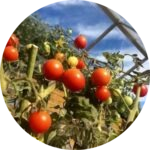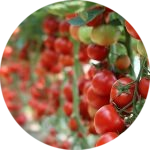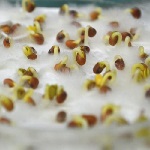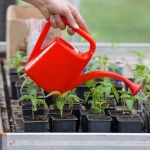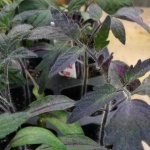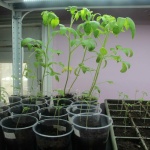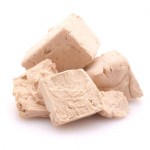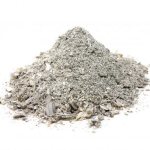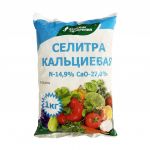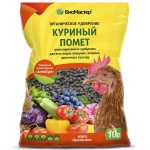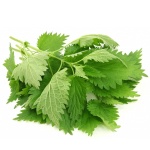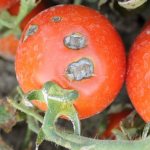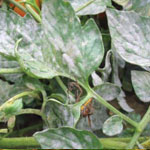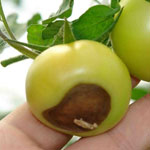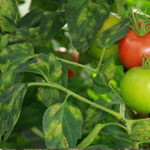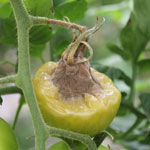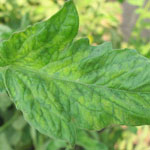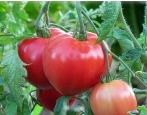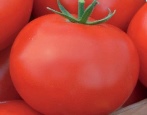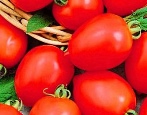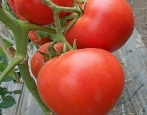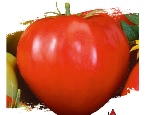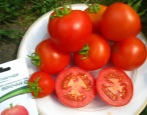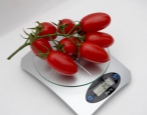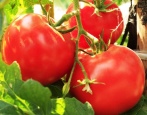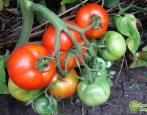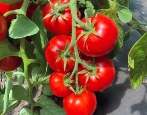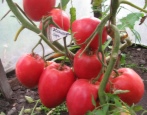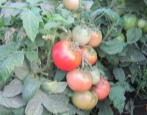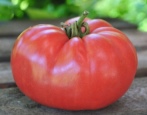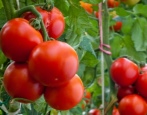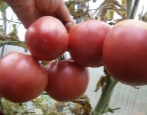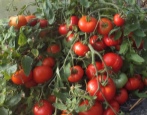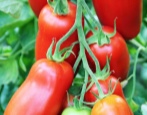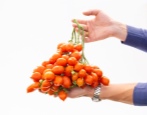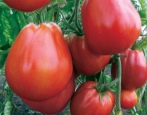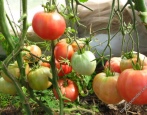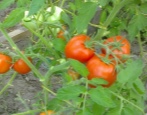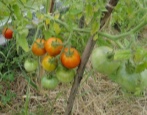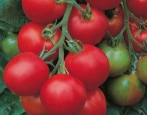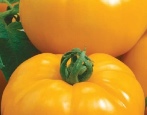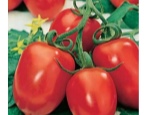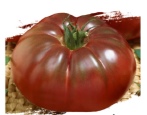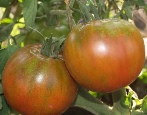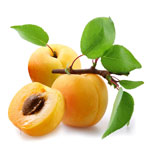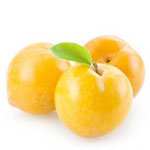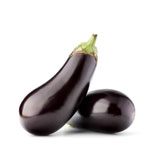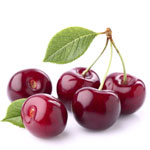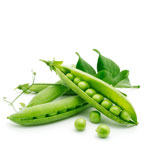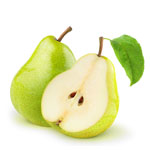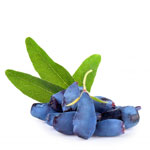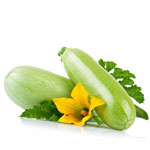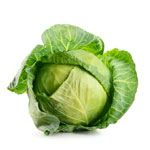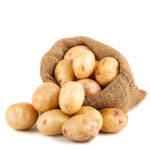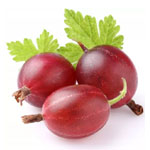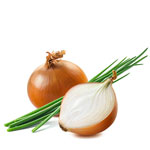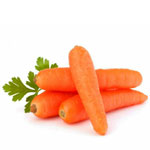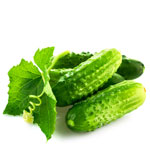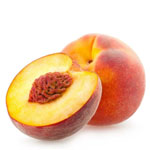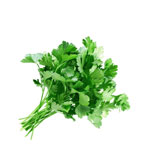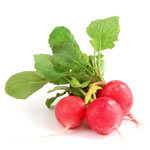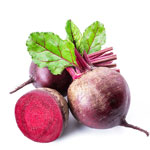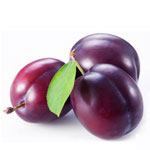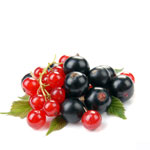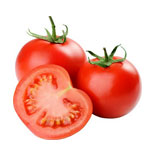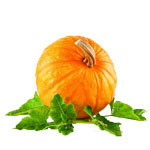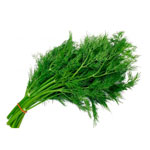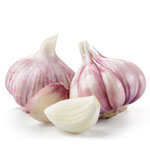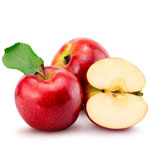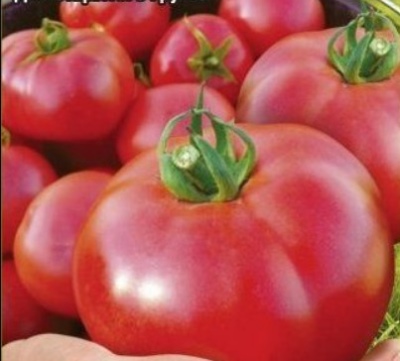
- Authors: Zhidkova V.A., Kononov A.N., Krasnikov L.G.
- Year of approval: 2003
- Category: grade
- Growth type: determinant
- Appointment: fresh consumption
- Ripening period: early
- Growing conditions: for open ground
- Bush height, cm: up to 60
- Leaves: medium, dark green
- Unripe fruit color: green with a dark green spot at the stalk
Varieties that do not require special attention and at the same time regularly bear fruit are in great demand. These are the characteristics of the wind rose tomato. The variety remarkably adapts to abrupt weather changes and is able to form a large harvest in any climatic conditions, even unfavorable ones.
Description of the variety
The bushes are planted in open ground, but despite the recommendations of experienced gardeners, it will feel comfortable in hotbeds and greenhouses. Growth type is determinant. The fruits are most often eaten in their natural form without processing. The maximum height of the bushes is 60 centimeters. The green mass is thick and lush. The color is dark green. The surface of the leaves is slightly corrugated. The inflorescences are simple.
The main qualities of the fruit
After formation, the fruits are colored green with a dark spot in the area where the stalk is attached to the tomato. Ripe vegetables turn pink. The sizes are medium, and in weight they gain about 140-160 grams. The shape is round. Tomatoes are covered with shiny and smooth skin. The harvested crop has good keeping quality, thanks to which it retains its integrity for a long time. Tomatoes are ideal for preparing salads and appetizers. A small number of seed nests are formed inside.
Note: Vegetables also make a nutritious juice and sauce.
Taste characteristics
Most gardeners noted the high taste of tomatoes. They have a pleasant sweet-spicy flavor. The harvest of the Wind rose variety is rich in vitamins, sugars and amino acids.
Ripening and fruiting
The variety belongs to early fruit crops.
Yield
The yield of the Windrose tomato is high. On average, 6 to 7 kilograms of vegetables are harvested from one square meter of land. Experienced summer residents manage to get more than 5 kilograms of delicious vegetables from one bush. Tomatoes ripen amicably, and are harvested from the end of July until the first frost.
Fruits can be removed from branches at the initial maturity stage, when the crop is just beginning to change color from green to white. If comfortable conditions are observed, the crop will reach technical maturity and change color. The storage room must be kept at room temperature.
The timing of planting seedlings and planting in the ground
The variety is propagated by seedlings. Sowing material of the Wind Rose variety begins to be sown for seedlings from mid-March to the first ten days of April. The soil for growing seedlings is prepared in advance. They buy it in specialized stores or make it with their own hands, mixing garden soil and peat in equal proportions. To clean the soil from pathogenic organisms and bacteria, it is treated with special compounds against fungus and other infections. And also the earth is calcined in a hot oven.
For the rapid emergence of seedlings, the grains are soaked in the "Epin" preparation; similar solutions are also suitable. The seeds are immersed in moistened soil, keeping a distance of 1-1.5 centimeters between them. The container with the seed is covered with foil and transferred to a warm place. Suitable temperature ranges from 23 to 25 degrees Celsius.After the appearance of the first leaves, the container with the seedlings is transferred from the shade to the sun, and the shelter in the form of a film is removed. Throughout the entire period of growing seedlings, it is important to prevent the soil from drying out. Tomatoes are watered moderately and abundantly.
Picking is the next stage, which is started after the appearance of 2-3 leaves. Saplings are planted in separate containers. To make the root system more developed and strong, the main root is shortened by about a quarter of its entire length. This procedure activates the development of the lateral roots.
Before transferring seedlings to a new place, hardening must be performed. As soon as the air temperature reaches 15 degrees, the seedlings are taken out to an open balcony or veranda and left for several hours. At lower temperatures, hardening is also carried out with open windows.
The seedlings are transferred to the garden plot in late spring or early summer, depending on the climatic conditions of each specific region. The main condition is that early spring frosts must be completely bypassed, as they can harm young plants.
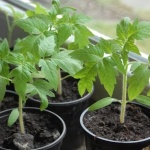
Growing tomato seedlings is an extremely important process, because it largely depends on whether the gardener can harvest at all. All aspects must be taken into account, from seedbed preparation to planting in the ground.
Landing scheme
You need to leave a gap of at least 40 centimeters between the bushes, and between the rows - from 60 to 70 centimeters.
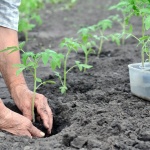
Growing and care
10 days after transferring the tomatoes to the ground, the vegetables must be fertilized for the first time. Complex compounds are used, which contain nitrogen, potassium and magnesium. All of these components are essential for full flowering, regular fruiting and healthy green mass. Use the formulations according to the instructions for use. Over time, you can switch to organic formulations.
Tomatoes do not tolerate excess moisture, so they should not be flooded with large amounts of water. Irrigation alternates with loosening the upper layers of the soil. Water the tomatoes 2-3 times a week in dry and hot weather. When loosening, the hoe must not be deepened more than 5 centimeters. Otherwise, the root system may suffer.
The growth of the bushes is small, but the large brushes force the shoots to bend towards the ground. To keep the fruits clean, it is recommended to tie them to special supports. Lack of contact with the ground will save the fruit from fungus and the development of other diseases. And also when growing a variety, it is imperative to carry out the formation of bushes.
The following conditions must be met:
weed removal;
thinning bushes and cleaning them from dry and deformed foliage;
preventive treatment with protective compounds.
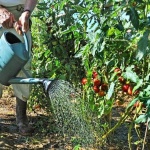
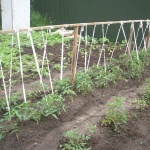
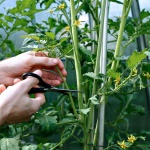
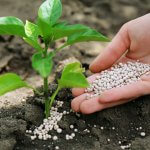
A plant needs different micronutrients at each stage of growth. All fertilizers can be divided into two groups: mineral and organic. Folk remedies are often used: iodine, yeast, bird droppings, eggshells.
It is important to observe the rate and period of feeding. This also applies to folk remedies and organic fertilizers.
